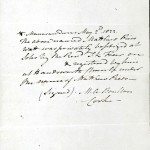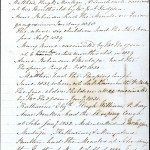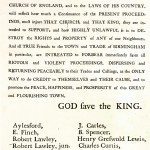Browse Times
1724-1740
1730
The first mechanically-produced cotton hose (stockings) was made in Nottingham.
1733
John Kay invented the Flying Shuttle to speed up the weaving process in textile manufacturing. It was not widely adopted until after 1750. An estimate suggests that 20 Newcomen pumping engines were operating in the West Midlands out of a total of 110 for England and Wales.
1738
John Wyatt and Lewis Paul developed a roller spinning device for use in cotton spinning.
1740
Introduction of enamel box manufacturing in Birmingham, Wednesbury and Bilston.
Articles in this time period

Maria and her dog Silvio (from Sterne’s Sentimental Journey)
Joseph Wright of Derby (1734-1797). Oil on Canvas. Image from: Derby Museum & Art Gallery
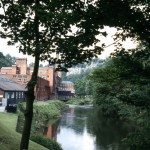
Masson Mill and the River Derwent, Matlock Bath near Cromford, Derbyshire
The picture shows the rural landscape in which many 18th century factories were located. The Derwent Valley… read more »
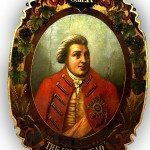
Matthew Boulton and Birmingham Silverware in the late 18th and early 19th centuries
Image: The painted sign for the King’s Head Inn, New Street, Birmingham showing the Head of George III.… read more »
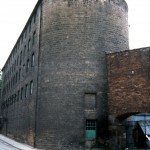
Mill and Warehouse Building, Cromford, Derbyshire
This five-storey building was built in 1785 to 1790. The four upper floors contained machinery for spinning.… read more »
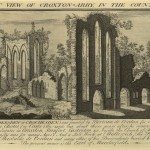
North East View of Croxton Abbey in Stafford
Source: Samuel & Nathaniel Buck, Views of Ruins of Castles & Abbeys in England, Part 2, 1726-1739 (nd), Arts, Languages… read more »
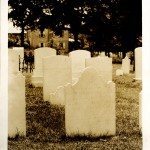
Photograph of gravestone of Dr Priestley in Cemetery of Northumberland, Pennsylvania
Image from: Joseph Priestley Collection by Samuel Timmins, Birmingham City Archives.
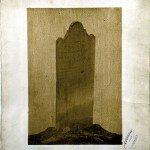

Photograph of Joseph Priestley’s gravestone
Image from: Joseph Priestley Collection by Samuel Timmins, Birmingham City Archives.
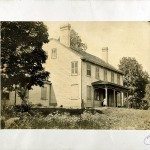

Photograph of Joseph Priestley’s house in the United States of America
Image from: Joseph Priestley Collection by Samuel Timmins, Birmingham City Archives.
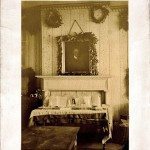

Photograph of portrait of Joseph Priestley
Image from: Joseph Priestley Collection by Samuel Timmins, Birmingham City Archives.
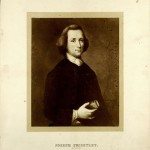

Photograph of portrait of Joseph Priestley at the age of 30
Image from: Joseph Priestley Collection by Samuel Timmins, Birmingham City Archives.
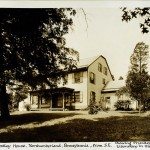


Photograph of Priestley House, Northumberland, Pennsylvania, from South-East, showing Priestley’s Laboratory
Image from: Joseph Priestley Collection by Samuel Timmins, Birmingham City Archives.
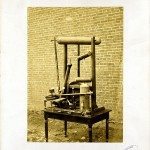

Photograph of scientific instruments
Image from: Joseph Priestley Collection by Samuel Timmins, Birmingham City Archives.
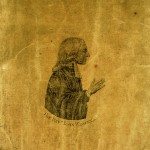

Priestley and John Wesley
Image: Portrait of John Wesley struck off by electricity by Joseph Priestley Image from: Birmingham City Archives, Priestley… read more »
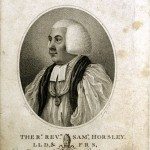

Priestley and the Church of England
Image: Bishop Samuel Horsley, one of Priestley’s main Anglican opponents. Image from: Birmingham City Archives, Priestley Collection by Samuel… read more »



Priestley in Northumberland, Pennsylvania
Image: Joseph Priestley House, Northumberland, Pennsylvania, from the south-east showing Priestley’s laboratory Image from: Birmingham City Archives, Priestley Collection… read more »
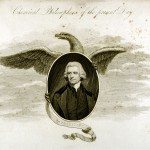

Priestley’s Arrival in America
Image: Chemical Philosophers of the Present Day, Dr Priestley. The apotheosis of Joseph Priestley. The scientist ascends into… read more »



Priestley’s Death and long-term Reputation
Image: Gravestone of Dr Priestley in the Cemetery of Northumberland, Pennsylvania. “To the memory of the Rev Dr… read more »
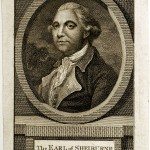

Priestley’s Early Career
Image: The Earl of Shelburne, Priestley’s patron from 1772 to 1780 Image from: Birmingham City Archives, Priestley Collection by… read more »
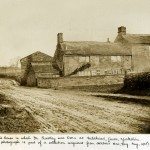

Priestley’s Origins
Image: Birthplace of Joseph Priestley, Fieldhead, Leeds, Yorkshire. Image from: Birmingham City Archives, Priestley Collection by Samuel Timmins Joseph… read more »
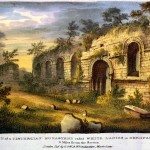

Remains of a Cistercian monastery called White Ladies in Shropshire
From Picturesque Views of the Severn, 1824 by Thomas Harral
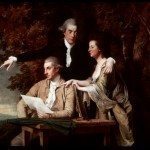

Rev. d’Ewes Coke and Family
Joseph Wright of Derby (1734-1797). Oil on canvas. Image from: Derby Museum & Art Gallery
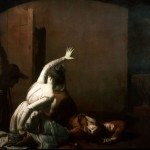

Romeo and Juliet, the Tomb Scene
Joseph Wright of Derby (1734-1797). Oil on canvas. Image from: Derby Museum & Art Gallery


Rydal Waterfall
Virgil was a famous Roman poet who died in 19 BC. His tomb was located in the… read more »
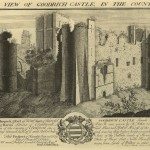

Samuel and Nathaniel Buck’s Views of Ruins of Castles & Abbeys in the Midlands 1726-1739
Image: South East View of Goodrich Castle in the County of Hereford Source: Samuel & Nathaniel Buck, Views of… read more »


Self Portrait at the age of 20 by Joseph Wright
Joseph Wright of Derby (1734-1797). Oil on canvas. Image from: Derby Museum & Art Gallery
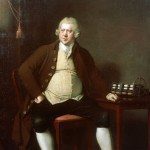

Sir Richard Arkwright: Industrialist
The art of portraiture was changing during the Industrial Revolution. The expansion of commerce and industry in… read more »
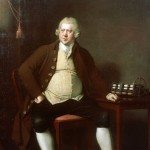

Sir Richard Arkwright: Industrialist
Image: Portrait of Sir Richard Arkwright (1789-1790). Joseph Wright of Derby, Oil on Canvas. Text: Olga Baird… read more »
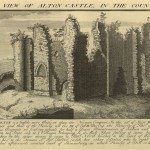

South West View of Alton Castle in Stafford
Source: Samuel & Nathaniel Buck, Views of Ruins of Castles & Abbeys in England, Part 2, 1726-1739 (nd), Arts, Languages… read more »
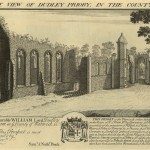

South West View of Dudley Priory in Stafford
Source: Samuel & Nathaniel Buck, Views of Ruins of Castles & Abbeys in England, Part 2, 1726-1739 (nd), Arts, Languages… read more »
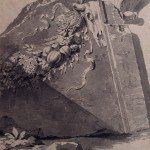

Study of Fragment of a Classical Frieze, Rome (1774)
Image: Joseph Wright of Derby (1734-1797), Pencil, pen and grey ink and grey wash. Image from: Derby Museum &… read more »
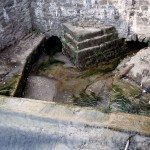

The “Bear Pit”, Cromford, Derbyshire
Known to locals as the “Bear Pit”, this example of hydraulic engineering was constructed in 1785 by… read more »
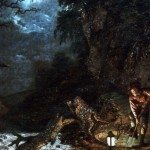

The Earthstopper on the Banks of the Derwent
Joseph Wright of Derby (1734-1797), Oil on Canvas Image from: Derby Museum & Art Gallery


The French Revolution Dinner 14 July 1791
Image: French Revolution Dinner. This Ticket entitles the bearer to a Bottle of Wine at the Dinner at… read more »
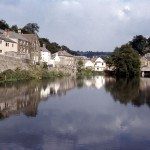

The Greyhound Pond, Cromford, Derbyshire
The pond was a man-made dam created in about 1785 to provide the main source of water… read more »
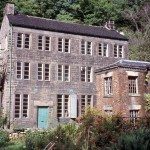

The Loom Shop, Cromford, Derbyshire
This three-storey building was probably Sir Richard Arkwright’s loom shop and was built between 1776 and 1786.… read more »
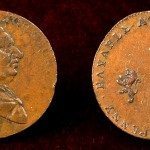

The occurrences of common life: Samuel Johnson, Practical Science and Industry in the Midlands
Image: 18th Century Birmingham trade token (n.d.). H Biggs halfpenny with a bust of Dr Samuel Johnson and… read more »
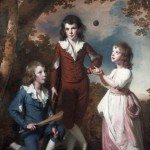

The Wood Children
Joseph Wright of Derby (1734-1797), Oil on Canvas Image from: Derby Museum & Art Gallery


Upper Mill, Cromford, Derbyshire
The photograph shows four buildings. The Upper Mill in the centre was constructed in 1771 as a… read more »
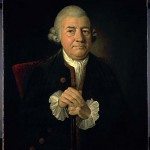

Vassilii Pushkin: a Collector of Books
Image: Portrait of John Baskerville (1706-1775), Type Founder and Printer, painted by James Millar in 1774. Oil on… read more »
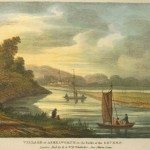

Village of Ashelworth, Gloucestershire on the banks of the Severn
From Picturesque Views of the Severn, 1824 by Thomas Harral
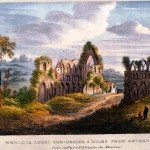

Wenlock Abbey, Shropshire, three miles from the Severn
From Picturesque Views of the Severn, 1824 by Thomas Harral



